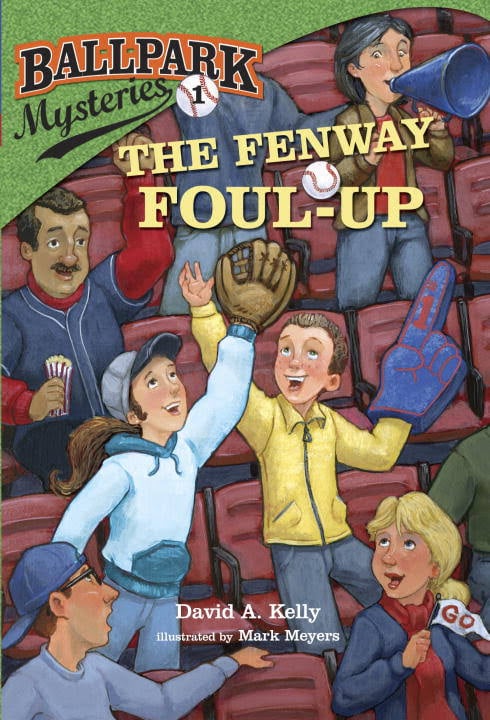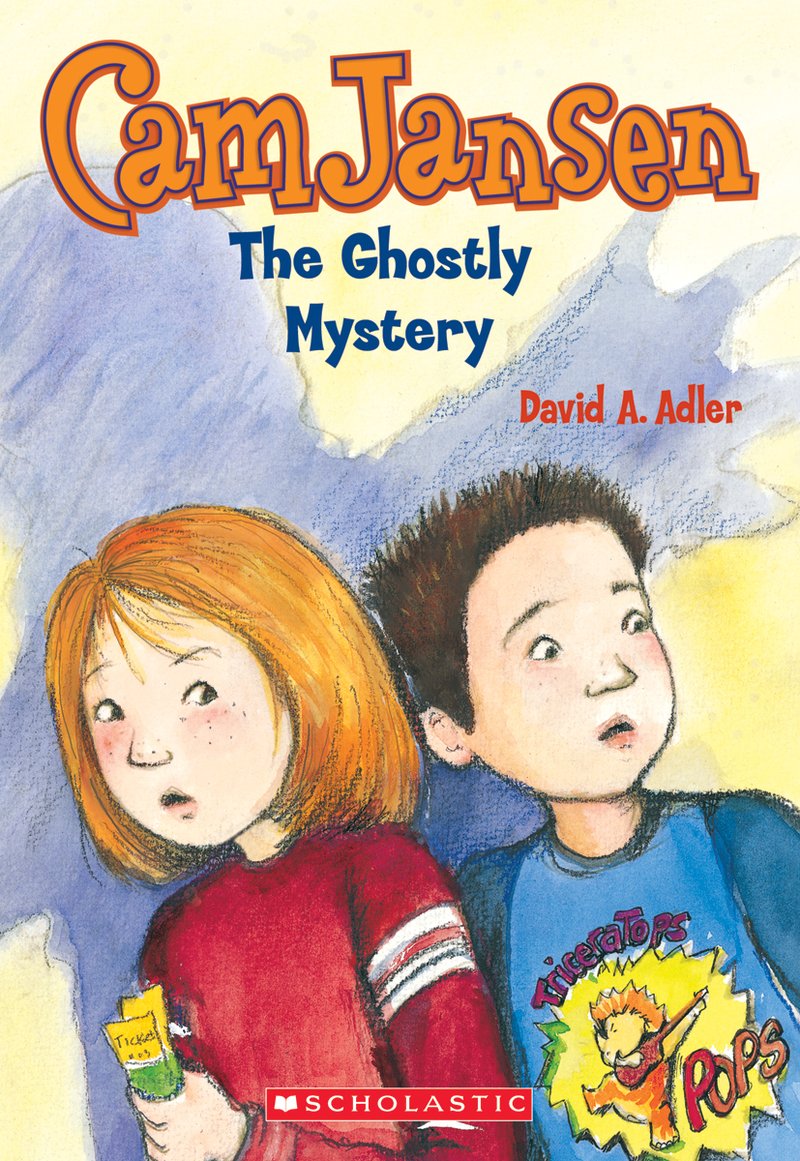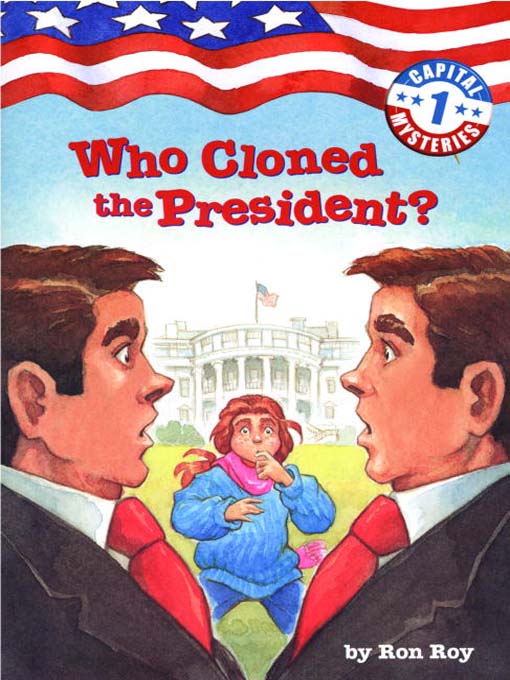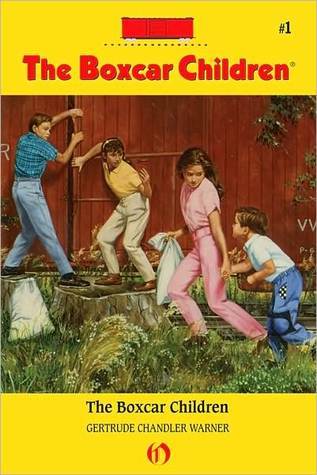Last week I got to sit down with my son's teacher for a conference. Do you get super nervous? I do. My son is a smart kid, but being bright doesn't always mean being a good student. Thankfully he's doing great, and one of the areas where I need to challenge him at home is to work on his comprehension. He's a good reader, but in an effort to read the words correctly -- and quicker than he probably needs to -- he is only skimming the meaning. He gets the big picture just fine, but the little nuances are being skipped.
When you ask kids who are skimming or reading only for the big picture if they understand, they will always say yes, because they do. They get it. They don't even know that they are missing parts of the text because they are going too fast on the surface to even know there is more to dive into.
How do we get them to dive in?
One of my secret weapons is to use mysteries.
There are lots of early chapter books in the mystery genre, and they are not only fun to read but also great for getting kids like my son to stop skimming and dig deeper into the story. That said, as parents we can't just throw a new genre of book at our kids and say, "Pay attention to the details." We need to participate, model, and encourage them to do it.
Great...but how do we do that?
Read with them. Take time to stop and think about the plot. In all of these books, the authors drop clues throughout the book long before the resolution. Most of these clues are plainly obvious to an adult, but kids miss them, especially if they are skimming. Don't give every clue away, or you will solve the mystery for them and they'll lose interest in the book. Instead, stop and ask questions every so often. I find that when the book is a page-turner (and mysteries almost always are), the end of a chapter or when an illustration appears is a good reminder to stop and ask:
- Do you think that is a clue? (This is a simple question but it gets kids thinking! )
- What do we know so far?
- What do you think this town (or other setting) is like?
- Do you think this guy/gal is important to the story?
- Are there any clues in this illustration?
- If you were in the book, which character would you want to be?
- Do you think this character is telling the truth? Why would s/he lie?
At the end of the book -- when the mystery is solved -- try asking some of the following questions to deepen comprehension:
- Is that what you thought would happen?
- Did we miss any clues?
- How would you change the ending?
- Who was the hero? Did she or he always do the right thing?
- Who was the villain? Was she or he always bad?
These are just suggestions. The important part is that the questions get your child talking and thinking about what he is reading. Take time to do this in the middle of reading and not just the end as an add-on, and you will see your child start to stop and think on his own. That's when the understanding will get deeper. The best part is that this genre begs for questions. Your child won't feel like you are trying to teach him anything because he will be too busy learning.
Here are some fantastic early chapter book mystery series to check out:

A - Z Mysteries by Ron Roy

Ballpark Mysteries by David A. Kelly

Cam Jansen by David A. Adler

Capital Mysteries by Ron Roy

The Boxcar Children by Gertrude Chandler Warner
What is your child's favorite series? Tell us over at the Scholastic Parents Facebook page.

